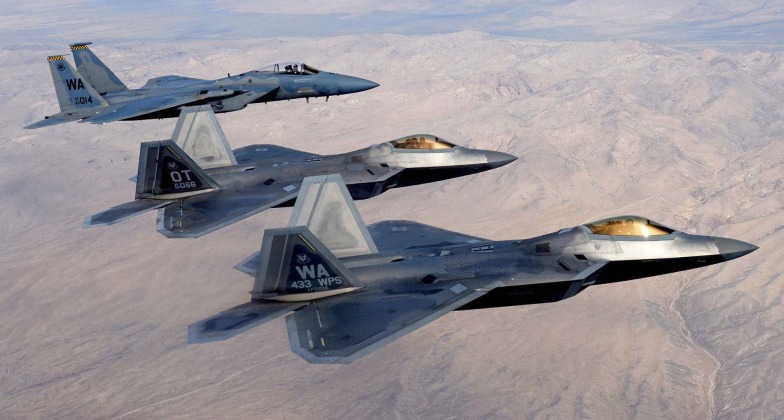U.S. Air Force Secretary Frank Kendall has announced that Next Generation Air Dominance (NGAD) program will follow a more traditional and likely much longer development schedule, reversing prior claims that new technologies could allow new fighters enter service much more quickly as they had in the 1950s. The NGAD program is intended to produce a sixth generation heavyweight air superiority fighter for the Air Force as a successor to the F-15 Eagle and F-22 Raptor. Reports that development may take much longer comes as concerns have been repeatedly raised by officials that one or more parallel Chinese programs could produce aircraft ready for service before their American competitor is complete. Referring to NGAD as “a more complicated operation,” Kendall stressed: “the NGAD that we’re working on now … is going to take longer… “It’s not a simple design… [but a’ long, hard job to build.” His statement came shortly after the announcement in early June that the fighter had entered its engineering, manufacturing, and development phase.

Currently the only Western long range heavyweight fighter in production is the F-15EX, which is based on a design from the 1960s that first flew in 1972. The F-15’s intended successor, the fifth generation F-22, saw its production run cut short less than four years after entering service due to a range of performance issues particularly related to its maintenance needs, with the Air Force looking to begin retiring the class in 2023 while simultaneously purchasing more of the older but less troublesome F-15s. The F-22 program’s failure produce a viable successor to the F-15 has left the Air Force reliant on the Raptor’s lighter and cheaper single engine counterpart, the F-35, which is currently the only Western post-fourth generation fighter in production. The F-35 was designed primarily for air to ground rather than air to air operations, however, and suffers several hundred performance defects meaning it is far from ready for high intensity combat. This has been particularly concerning as China has fast modernised and expanded the production scale of its J-20 fifth generation fighter, which is a heavyweight twin engine platform like the F-22 but with up to date avionics on par with those of the F-35. The J-20 and F-35 had their first encounter in March 2022, and are the only fifth generation fighters in the world both in production and fielded at squadron level strength – placing China and the U.S. in a league of their own in fighter aviation. With China set potentially to lead in a range of key technologies for the sixth generation from artificial intelligence to quantum communications, pressure on the NGAD program to produce a capable aircraft, and quickly, has only grown.
